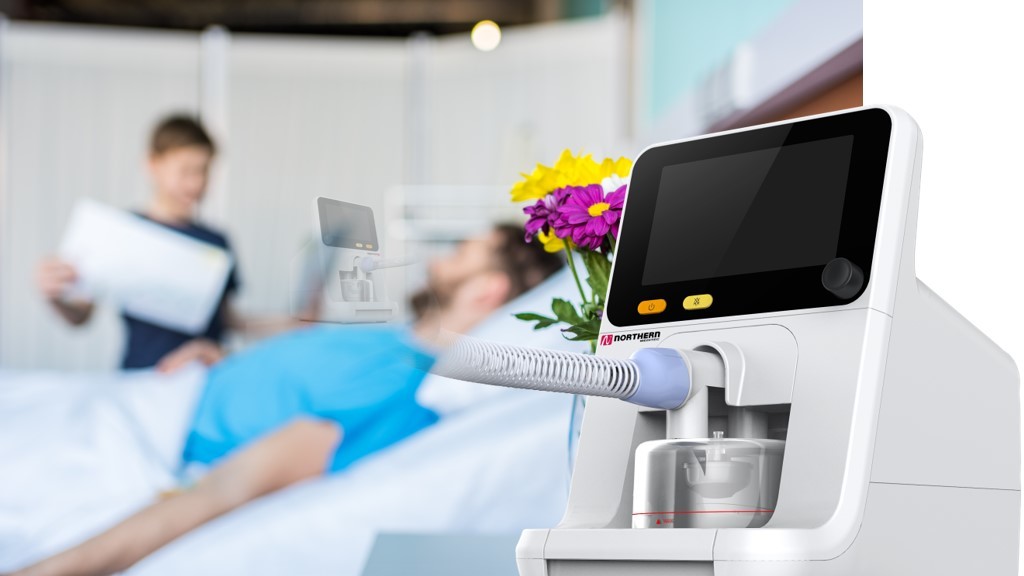[Product Name] [GF3 Shout] Comfortable! High precision
Yazar:
Нет
Kaynak:
Нет
Yayınlanmış:
Ziyaret:
İçeri:
As pointed out in the seventh edition of the COVID-19 treatment plan, the main clinical symptom of respiratory failure is hypoxia, accompanied by increased respiratory activity. If patients cannot overcome respiratory disorders and hypoxia after receiving standard oxygen treatment, they can consider, Nasal tube oxygen therapy or no emergency breathing, especially for those who usually need oxygen therapy for more than two weeks or even a month, is the most basic and important treatment.
Krius GF3 of Northern Meditec's high humidity oxygen generator improved the effective respiration of patients, released higher oxygen mixture speed and concentration than conventional oxygen therapy, improved ventilation and improved oxygen integration level.
Precise delivery of oxygen, effective treatment
Real time control of high-precision oxygen concentration (oxygen concentration limit 21-100%) displays oxygen concentration, and upper and lower limits of oxygen concentration can be set. In the process of oxygen concentration adjustment, the medical team can observe the patient's oxygen saturation in real time to achieve the target oxygen combination and ensure the patient's safety.
More comfortable combination of temperature and humidity
The Krius of GF3 can be adjusted in a wide range. With a highly sensitive temperature sensor, it can discharge relatively high levels of moist gas, effectively clean the duct mucosa, promote the reopening of the alveoli, and improve patient comfort.
Dynamic feedback
The built-in high-sensitivity flow sensor and SPO2 module in HF3 can detect the oxygen flow and oxygen concentration, track the oxygen, pulse and weak irrigation rate in the blood in real time, and are equipped with a perfect alarm system to constantly warn and monitor patient treatment to ensure patient safety.
Easy to use and operate
Navigation button and quick button, clear UI interface, allow automatic identification of pipes, so that front-line medical personnel can quickly keep up with the speed.










